What Kind of Roof Damage Comes from Trees?
Having a lot of trees around your home can be great for your privacy, and that lovely feeling of being out in nature. I for one am a big fan of...
In the Raleigh region, an abundance of trees graces our landscapes, often flourishing in close proximity to our homes and extending their branches over our roofs. While these trees contribute to the scenic beauty, it's essential to recognize that their proximity can lead to potential damage to your roof's shingles, gutters, and various roof penetrations, such as vents and pipes.
So, the question arises: What is the optimal distance that trees should be kept from your home to protect your roof effectively?
In this blog, we’ll break down:
Let’s get started!
The optimal distance to maintain between your home and trees depends on the type of tree in question. Generally, the larger and taller the tree, the farther away you should keep it from your house. Trees positioned directly above your roof can shed leaves onto it, potentially clogging gutters and causing issues. Additionally, overhanging branches can break off during inclement weather, posing a significant risk of damage to your roof.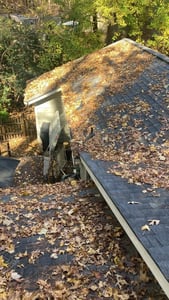
As a rule of thumb, it's advisable to ensure that no branches directly overhang your roof, and for taller trees, maintaining a distance of more than 20 feet from your home is a prudent measure to protect your roof effectively.
Having trees in close proximity to your home can lead to various types of damage, affecting different parts of your roofing system and the structure itself. Here are some common issues that can arise:
Shingle Damage: Overhanging branches can scrape against and damage your shingles, causing them to wear out prematurely. Leaves and debris from the trees can accumulate on the roof, leading to moisture retention and the growth of moss or algae, which can deteriorate shingles over time.
Gutter Problems: Trees dropping leaves, twigs, and seeds onto your roof can clog your gutters and downspouts. This blockage prevents proper drainage, leading to water overflow and potential water damage to your roof, fascia, and soffits.
Roof Penetrations: Trees positioned too closely can make roof penetrations like vents and chimneys more vulnerable to damage. Falling branches or debris during storms can damage these protruding structures, creating opportunities for leaks and further damage.
Structural Damage: In severe cases, large tree branches or even entire trees can fall onto your roof, causing extensive structural damage, including roof decking and framing. This type of damage often requires significant repairs.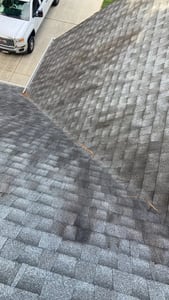
To protect your home and roofing system, it's essential to consider tree placement and regular maintenance to prevent potential issues associated with trees being too close to your property.
Because it’s such a common problem, it’s worth diving a little deeper into how gutter clogs happen, and the damage that results from them. When gutters are clogged with leaves, twigs, and debris from nearby trees, they are unable to effectively channel rainwater away from your roof. This leads to water overflow, which can spill over the sides of the gutters and onto your siding, windows, and foundation. Over time, this excess water can erode soil around your home's foundation, potentially causing structural issues.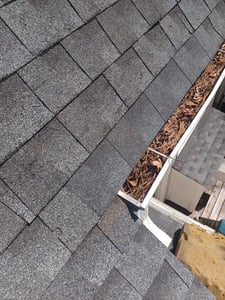
Clogged gutters prevent rainwater from draining off the roof, allowing water to pool. This standing water can seep under your shingles, leading to leaks and roof damage. It can also contribute to the growth of mold and mildew, which can deteriorate roofing materials.
The fascia and soffit boards that support your gutter system are particularly vulnerable to water damage caused by clogs. Excess moisture can cause these wooden components to rot and weaken, compromising the structural integrity of your roof.
In colder climates, clogged gutters can contribute to the formation of ice dams. When water backs up in the gutter and freezes, it can create ice dams along the roof's edge. Ice dams can damage shingles, gutters, and even the interior of your home by causing roof leaks.
To mitigate these issues, it's crucial to regularly clean and maintain your gutters, especially if you have trees near your home. Trimming overhanging branches and installing gutter guards or screens can also help prevent debris buildup and clogs, ensuring your gutter system functions effectively in protecting your home
The proximity of trees to your home presents a significant risk, especially during severe weather events. Here's why having trees too close to your house can pose a substantial threat:
During storms, high winds can easily snap or dislodge tree branches, causing them to plummet onto your roof. These falling limbs can create punctures, tears, or dents in your roofing materials, leading to leaks and structural damage.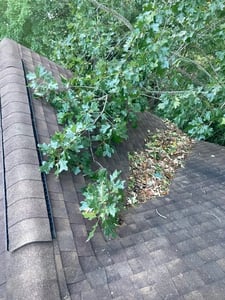
If a tree is already in a weakened or compromised state, strong winds, lightning, or heavy snowfall can cause it to topple over, crashing onto your house. The impact of a falling tree can cause catastrophic damage, potentially leading to structural instability, severe roof damage, and costly repairs.
Falling branches or trees can also damage gutters, downspouts, and siding as they make contact with your home's exterior. This damage not only affects your roof but also the overall aesthetic and functionality of your property.
In the worst-case scenario, a tree collapse can pose immediate safety hazards to you, your family, and your property. Evacuating a home with a tree on it can be dangerous, and addressing the aftermath requires professional assistance.
Addressing tree-related issues near your home involves tailored solutions based on the specific problem at hand.
To tackle gutter clogs caused by falling leaves and debris, establish a regular cleaning schedule, especially during the fall season. Alternatively, invest in gutter guards, which act as protective screens to keep debris out of your gutters, reducing the need for frequent cleaning.
If you have overhanging branches, consider pruning them to prevent leaves, twigs, and branches from falling onto your roof and clogging gutters. It's advisable to consult with a certified arborist or tree specialist for safe and proper branch trimming or removal. In cases where trees are diseased, unstable, or at risk of falling during storms, prioritize professional tree removal services to mitigate potential damage to your home.
Additionally, evaluate the proximity and health of trees around your property, and consult with an arborist to determine the best course of action to protect your home from storm-related risks. Regular tree inspections, maintenance, and preventive measures, such as trimming and maintaining safe distances from large trees, are essential to safeguard your property from tree-related damage.
On Tops Roofing has been working with Raleigh area homeowners for their roofing needs since 1991! Whatever your roof requires, We’re on it!
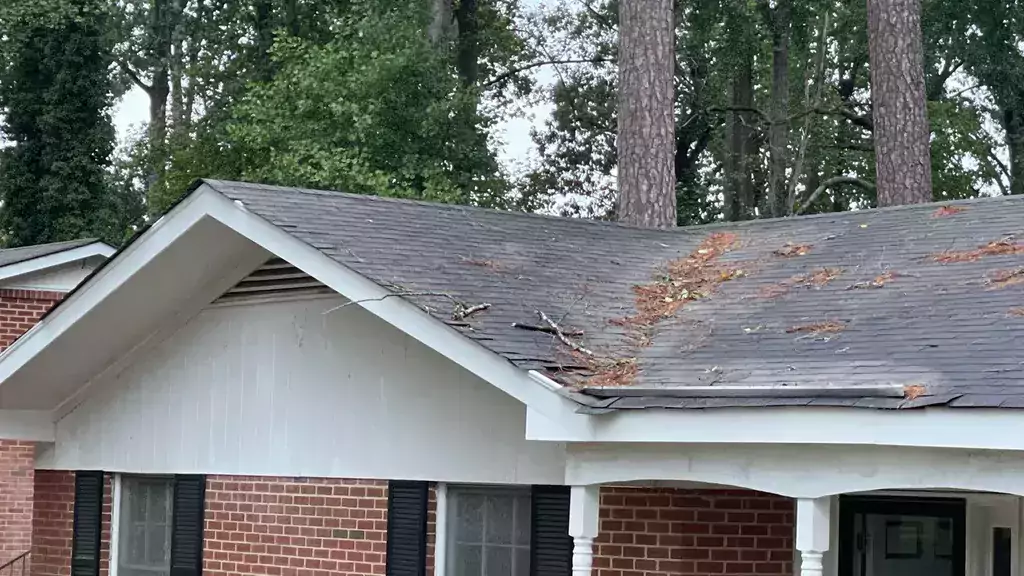
Having a lot of trees around your home can be great for your privacy, and that lovely feeling of being out in nature. I for one am a big fan of...
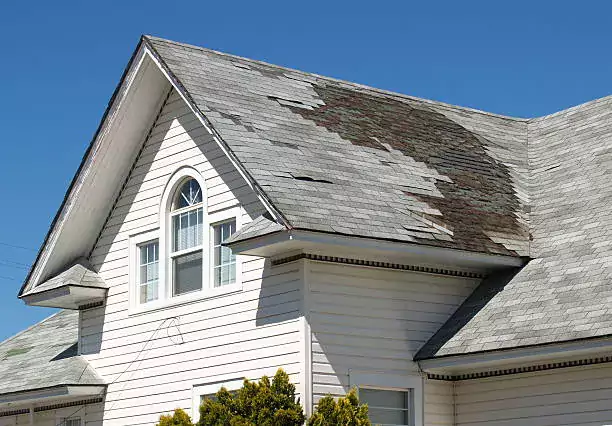
Lightning, thunder, rain, wind, and hail. All things we commonly associate with intense storms.
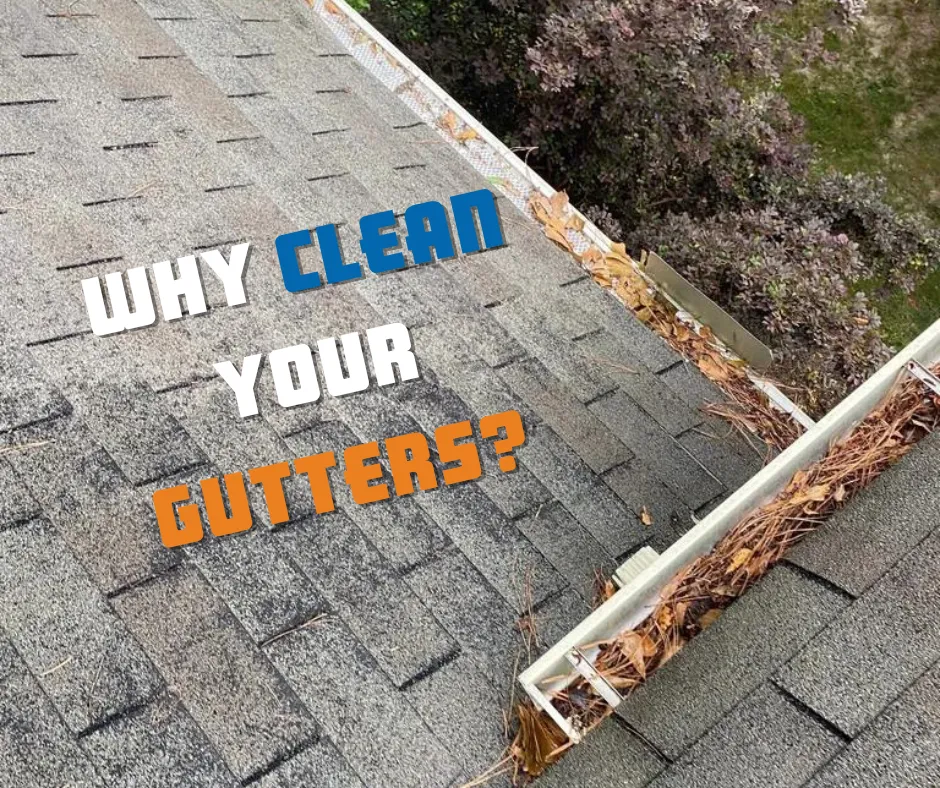
When you think of home maintenance, your gutters may not be the first things that come to mind. Like your roof, it can be easy to neglect your...